Shorts #2: At least four things about bananas I consider interesting
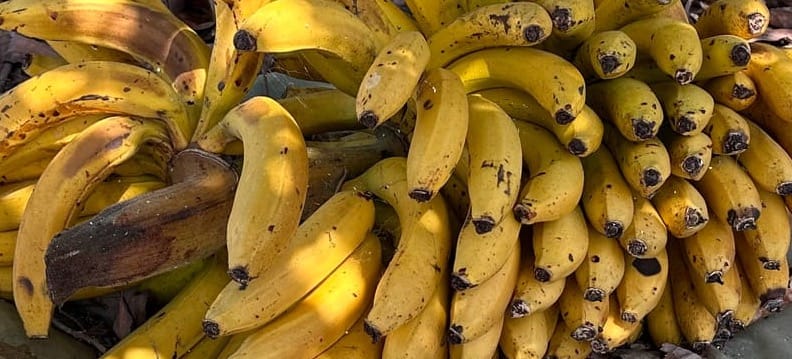
I like bananas. I like them not just for the fruit but for the plant itself. The modern banana is a story of so many fuckups and overengineering; one just has to love it. And here are four things I consider interesting, and many people don't know because they don't care. But I do. And I promise, this will be short… -ish.
one: Bananas have seeds
It's true! Bananas have seeds in them. Hard seeds with black skin and very white pulp. And they are huge.
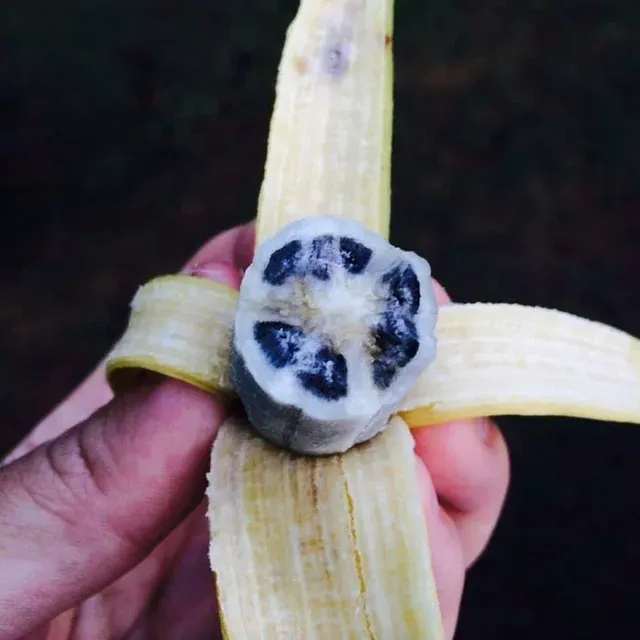
But you may wonder, where are these seeds? Is my banana defective, like a marriage after 15 years? Well, your banana is totally defective. The most common banana we have these days is the Cavendish cultivar. This triploid cultivar has been selectively bred to have very tiny, infertile seeds. Indeed, you can see those seeds inside, but unfortunately, you won't be able to grow your own banana from them. That's very sad indeed.
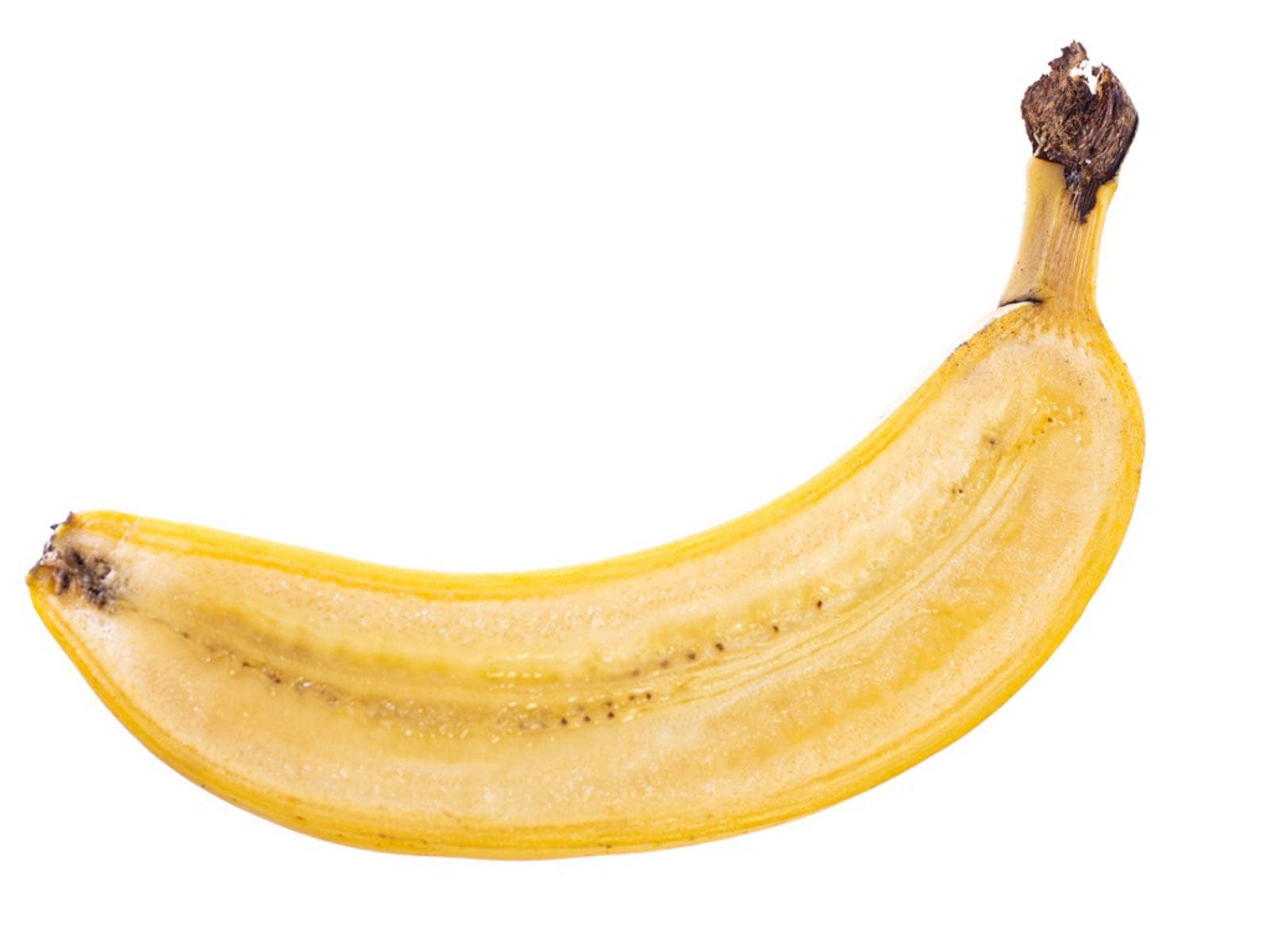
But then you may ask how you get a new banana plant? And oh boy, here we go to the juicy part.
two: Bananas are clones
All bananas are clones. Well, that's an overstatement, so let's make this a little bit clearer: all export bananas in the world are clones. The banana plant can reproduce through seeds (which we don't have) or simply from shoots.
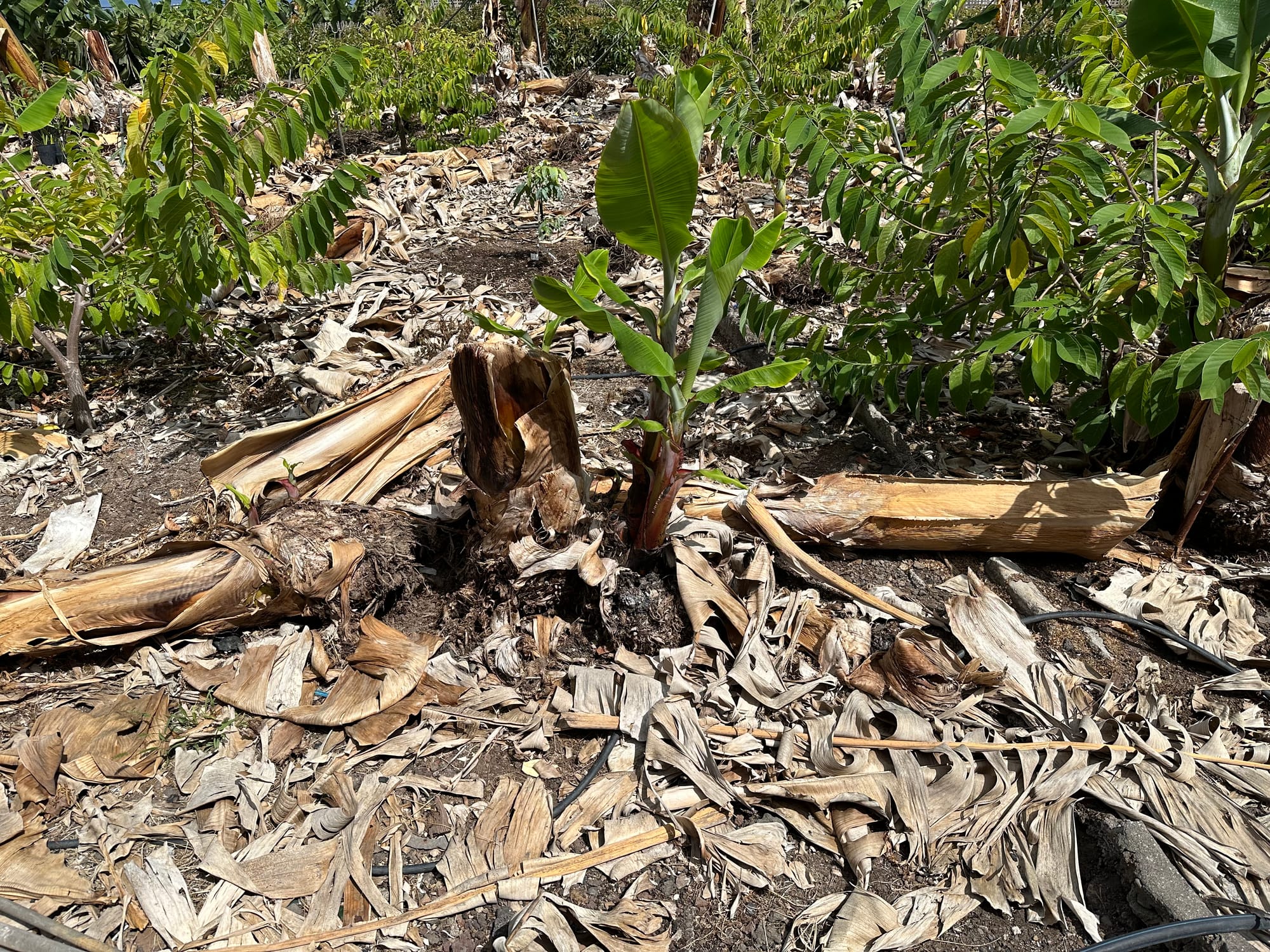
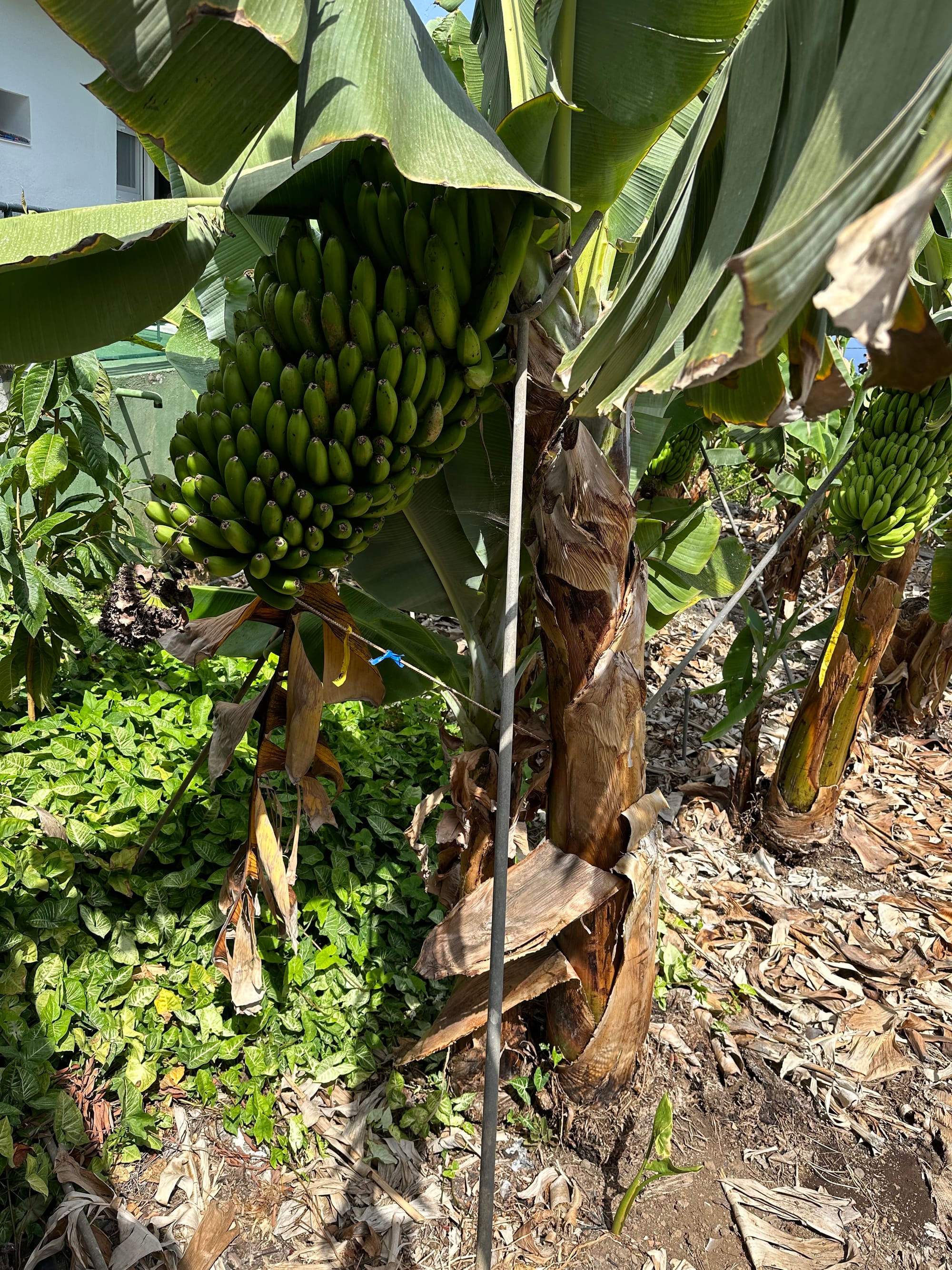
You may have noticed that I'm not calling the plant "a tree" because it's not a tree. It's a large plant with a stem that produces exactly one flower and then dies down. The plant is then done, and a new one grows from a young shoot, repeating the cycle over and over again.
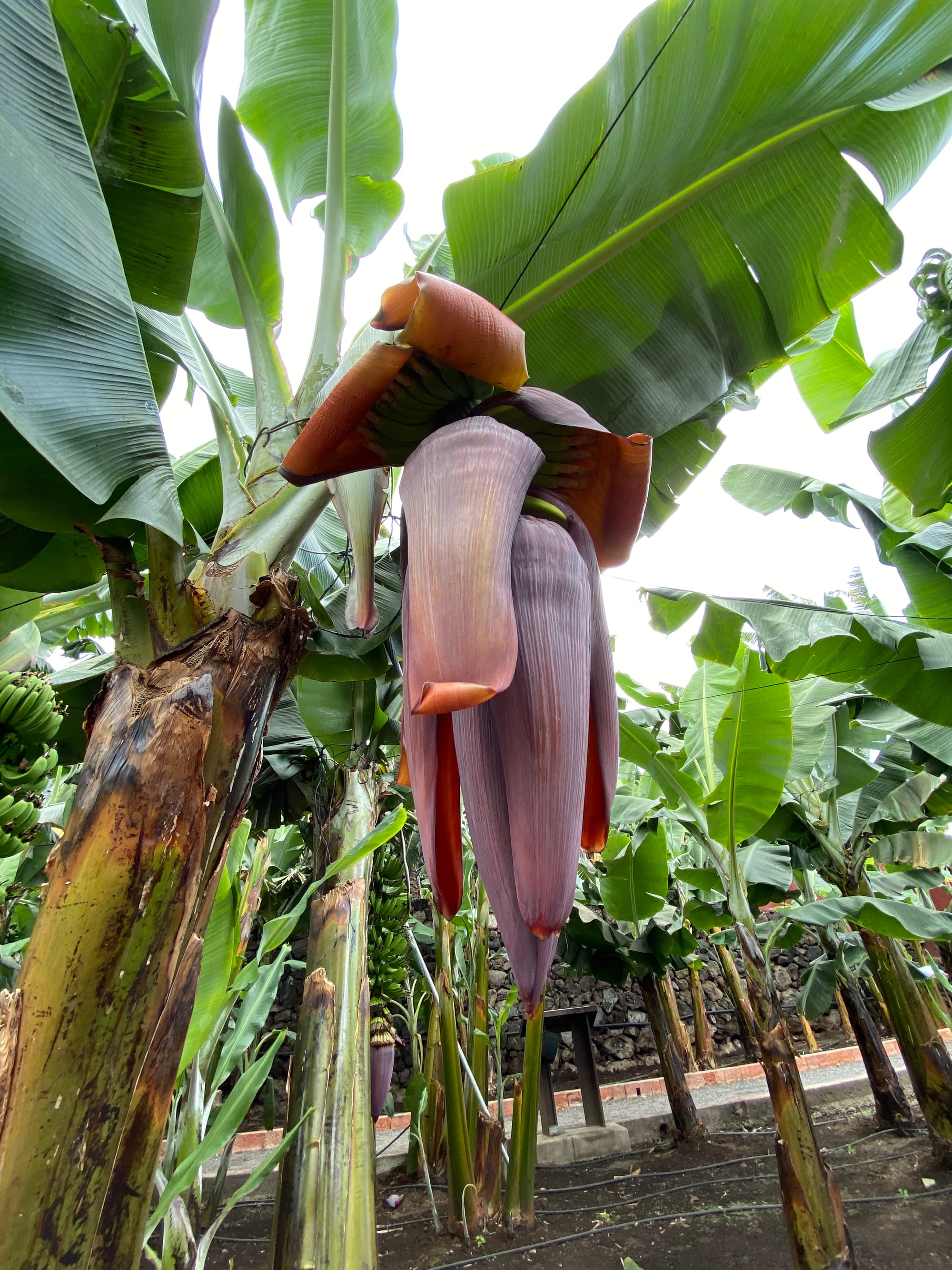
You can cut these shoots and plant them elsewhere to basically establish a new plant that will produce new shoots. You can do this as long as you want. Hell, you can even establish a plantation like this. And, of course, humans did exactly that! We cloned the Cavendish banana, planting large plantations producing metric fucktons of cloned bananas.
Flight over a banana plantation in Tenerife
"But wait!" you might say.
And I would not let you finish, because you are right. Having all these clones everywhere with very little biodiversity sounds like a great starting point for some pathogens to wreak havoc. And that's exactly what happened.
You see, if you don't already know, I have misled you in how I presented the Cavendish banana, as a result of a long selection process. But that's not the case. A hundred years ago, you wouldn't slip on a peel from a Cavendish. You'd slip on a Gros Michel, a very different cultivar that once dominated world plantations and grocery stores.
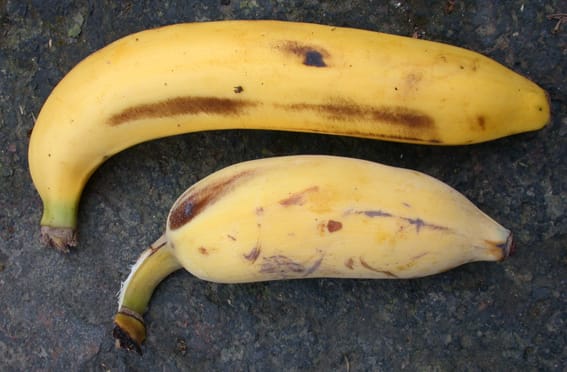
But then disaster struck… Panama disease.
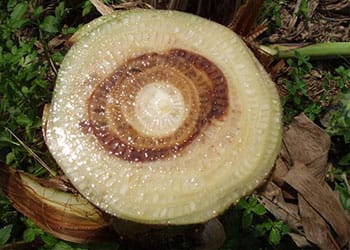
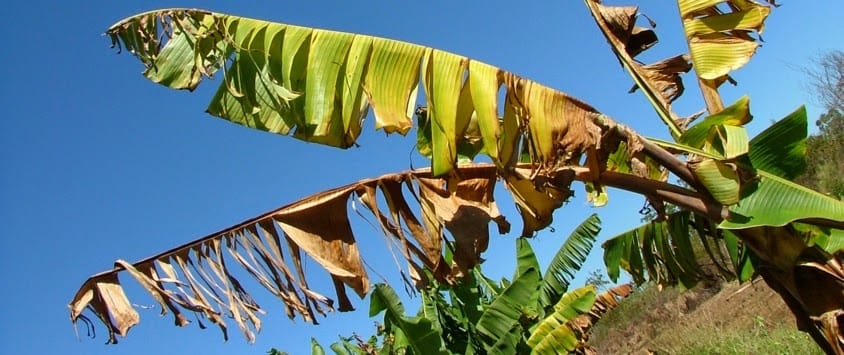
Common symptoms of Panama disease. Infected "trunk" and wilting leaves
Panama disease hit plantations all around the world and decimated them. This disease is caused by a fungus that makes the banana plant wilt and die without producing any fruit. And, as with any other fungus, it's incredibly hard to eliminate. You have to burn the plant and surrounding area to deal with it.
The Gros Michel was eventually replaced by the Cavendish cultivar, which is more resistant to the same strain. But it is not immune, so we already know we'll have to repopulate Central America with yet another cultivar.
three: Clone wars
Speaking of Central America, you may wonder why all your bananas originate in these countries. Chiquita, Dole, and others.
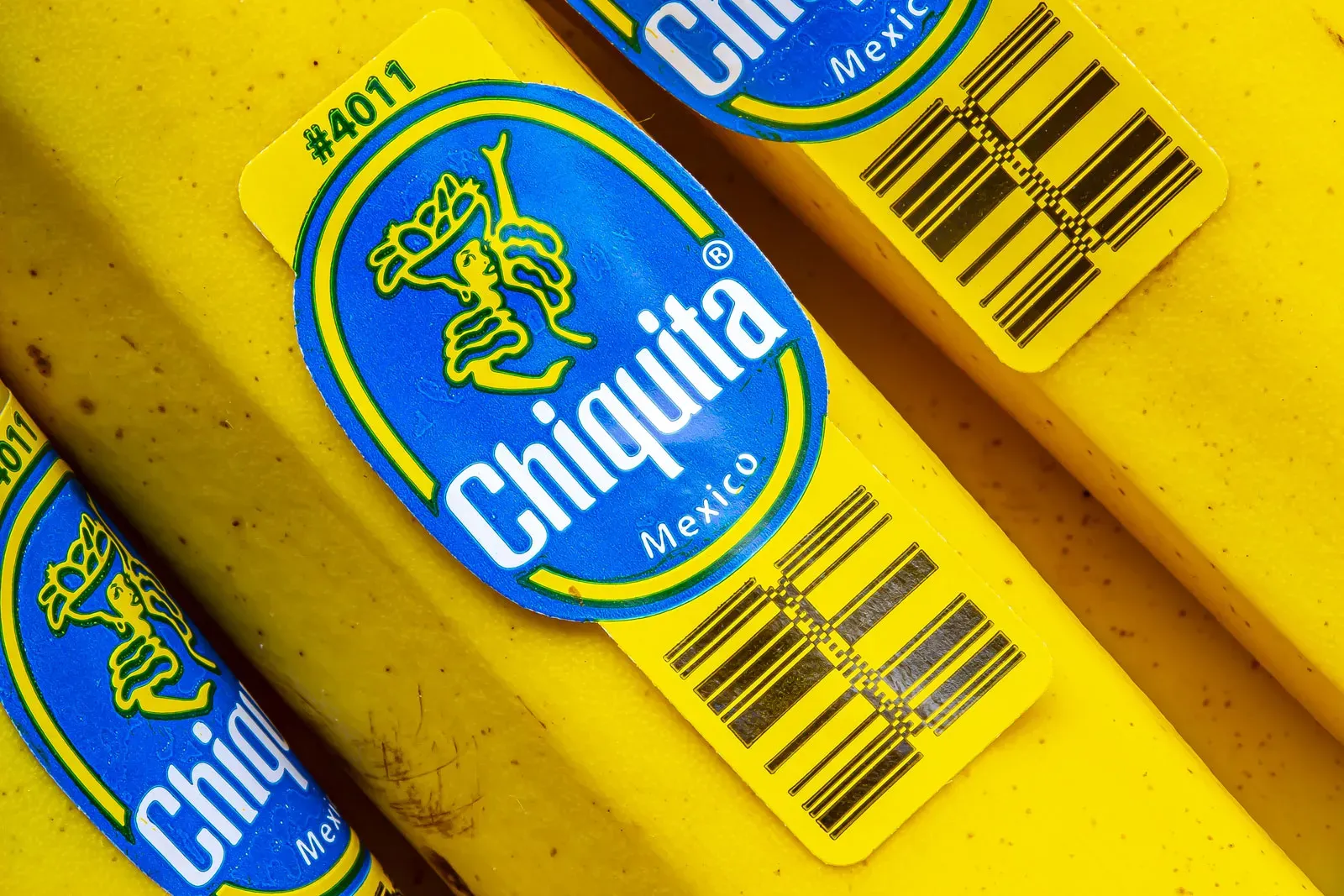

Chiquita plantation
I didn't refer to everyone when I blamed humans for Panama disease. To be honest, I was talking about Chiquita and Dole.
These are actually rebrands, new names chosen to get rid of the past names and reputations associated with the United Fruit Company (Chiquita) and Standard Fruit Company (Dole).
I won't go into full detail about these companies' histories, but they have their fair share of responsibility for the Panama disease. Sadly, Panama disease isn't even the worst thing they did.
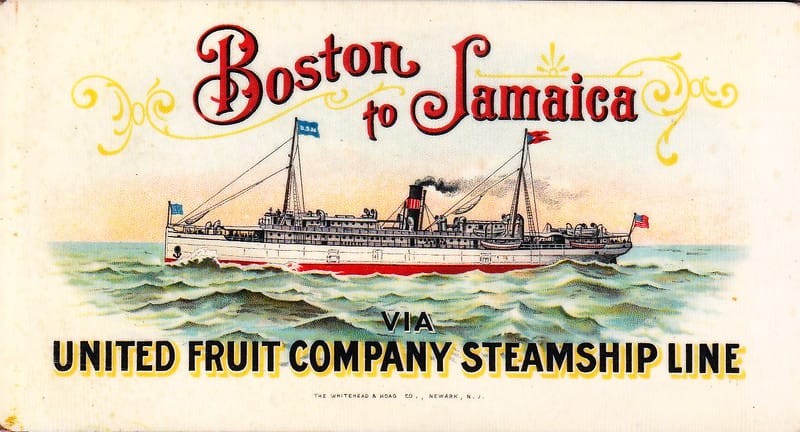
In the early 20th century, both companies started buying and seizing large plots of land in what is now Honduras, Costa Rica, and other Central American countries., often the best farming land available but already owned by local farmers or indigenous communities. And no one is better at getting rid of indigenous people than Americans!
These companies scored massive plots of banana land through aggressive deals, threats, and bribery. They built cities and villages for the workers to streamline and exploit the land as much as possible. These cities were completely owned by the companies. You could use only company-issued currency, there was only one employer, and if you didn't like it? You could just suck it up because there was no other job.
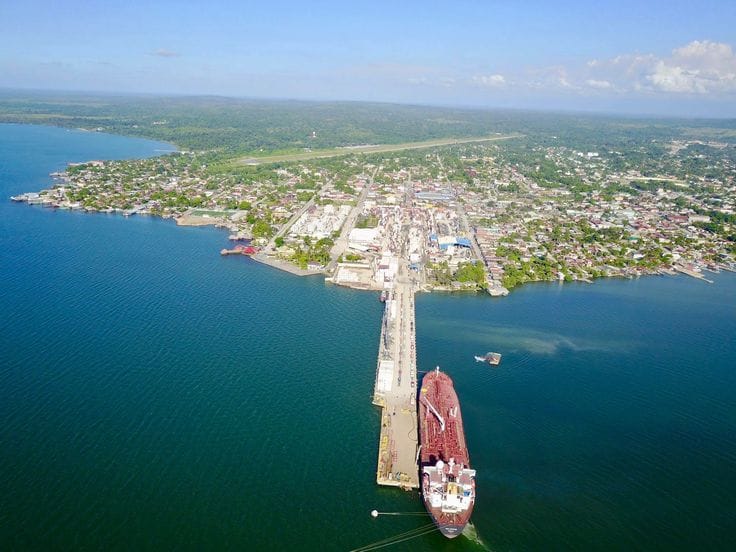
Resistance? Oh yes, there was some. But do you remember those deals with local governments? Just call the government official and make him deal with it. Overall, they are on your payroll, too. Strikes were violently suppressed and often led to brutal repercussions.
And that's still not all!
As a cherry on top, these companies got the CIA involved. The economies of these countries relied heavily on banana exports, hence the term banana republic. The companies had heavy influence not only there but also in the U.S. In fact, the influence was so great that when the newly elected president of Guatemala tried to regulate the land market and threatened the United Fruit Co.'s position, the company just labeled the Guatemalan president as a communist threat.
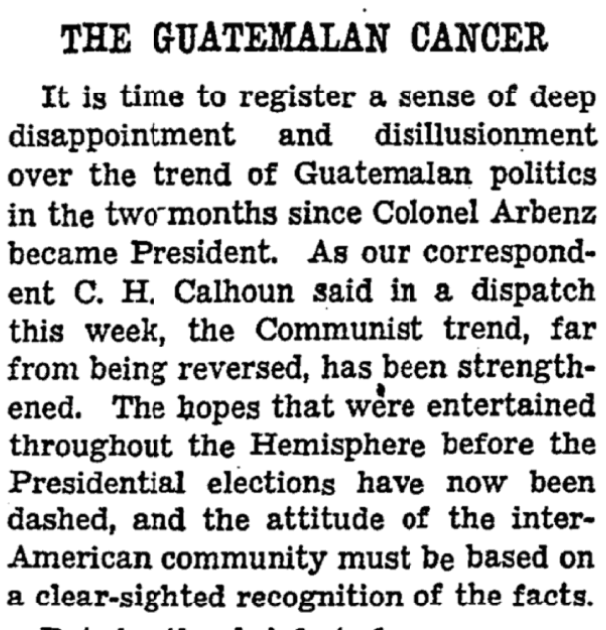
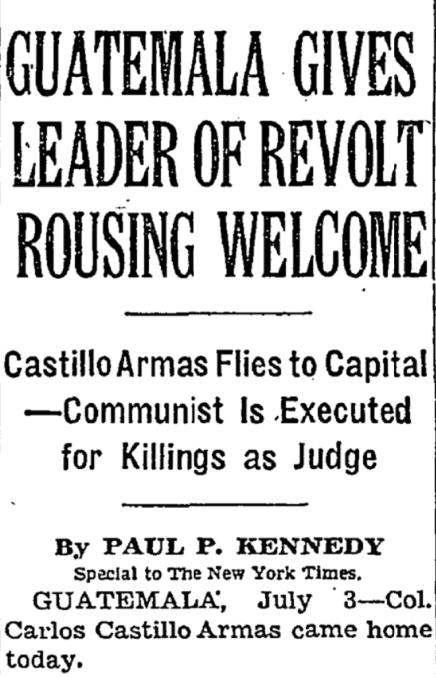
NY Times posts to paint the picture for the public. Two weeks before the coup.
The CIA overthrew him and installed a military dictatorship, which the U.S. sponsored for many years. It was back in the McCarthy era, 1954, so no one cared that the legal representative of United Fruit Company just so happened to be the brother of the CIA director.
I would love to say it's all in the past but it's not. Chiquita to this day has documented ties to various terrorist groups in Colombia for example.
four: Bananas are radioactive
And I don't mean metaphorically because of the previous paragraph. I mean, it's literally radioactive.
Bananas are naturally high in potassium. And it just so happens that a tiny fraction of naturally occurring potassium is in the form of the potassium-40 isotope. Don't worry, the amount is so small that you'd die from a bunch of other stuff before you eat enough bananas to get radiation sickness.
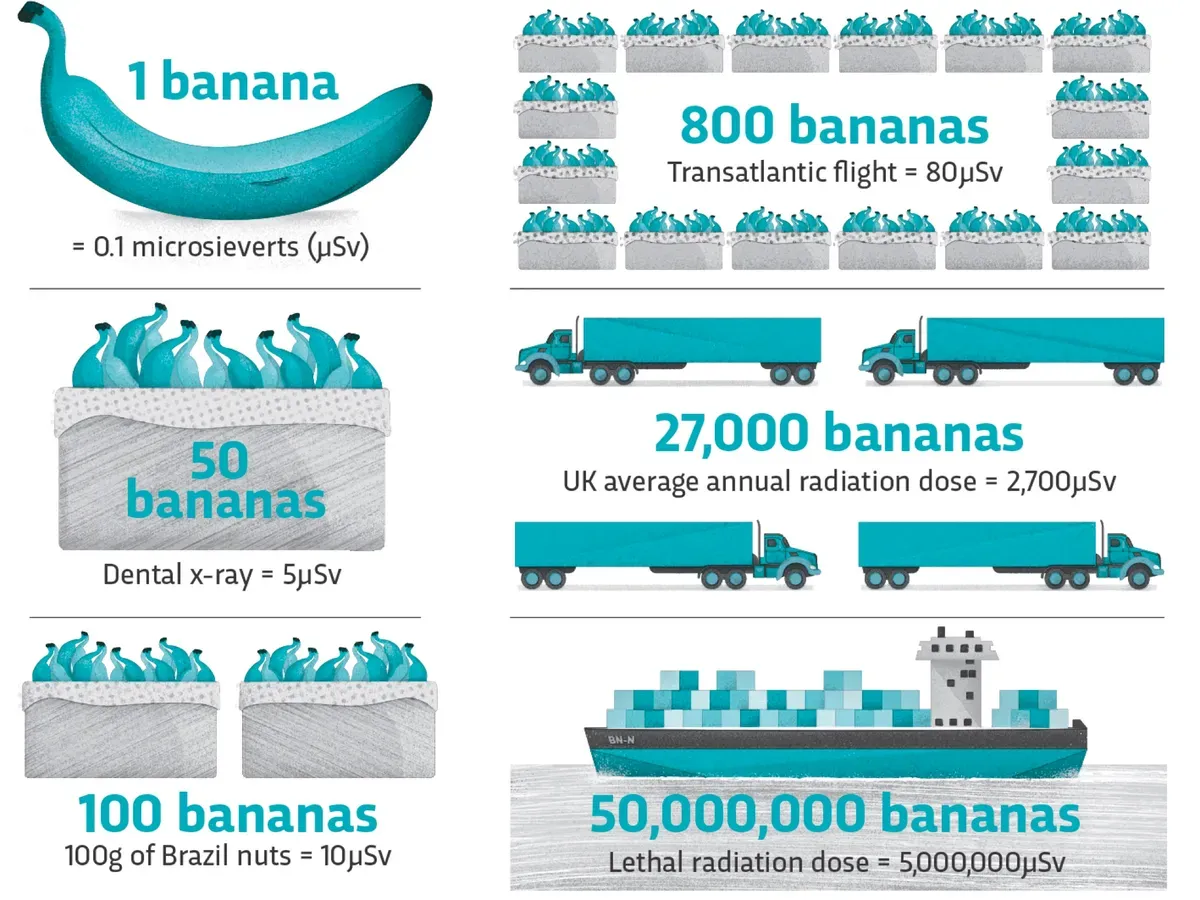
In fact, the amount of radiation is so small that some smart people in California decided to use it as a unit for measuring ionizing radiation: the banana equivalent dose. These people will do anything before they start using the metric system.
So next time you carry around a banana, remember: you've already eaten it, the CIA killed someone so you could have it, and it'll eventually produce antimatter in your pocket.
I feels it's important to leave some sources today:
Member discussion